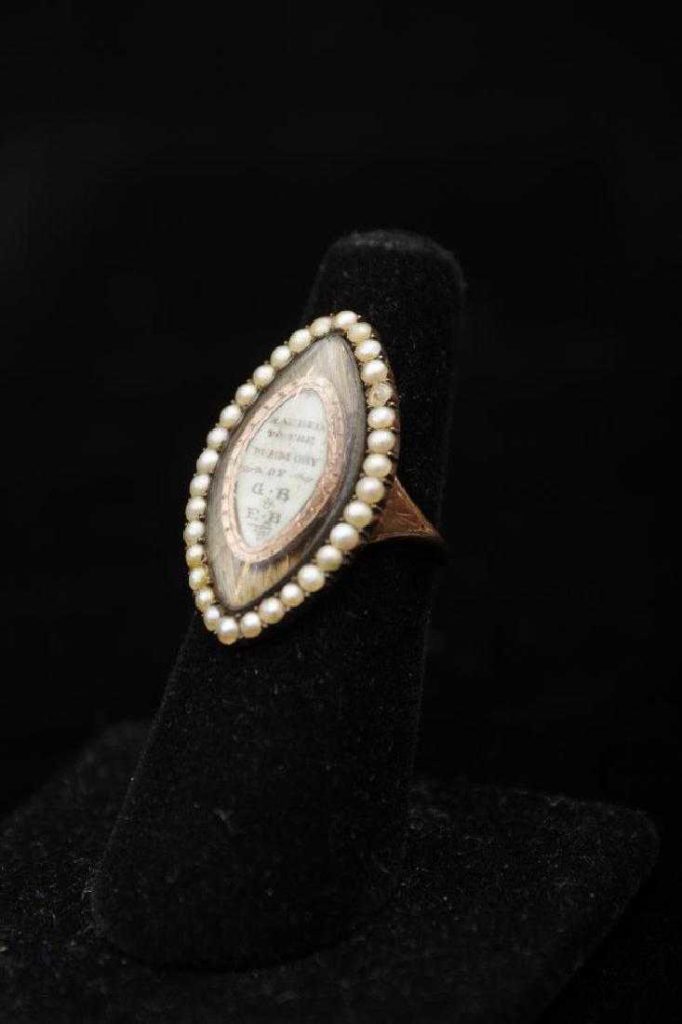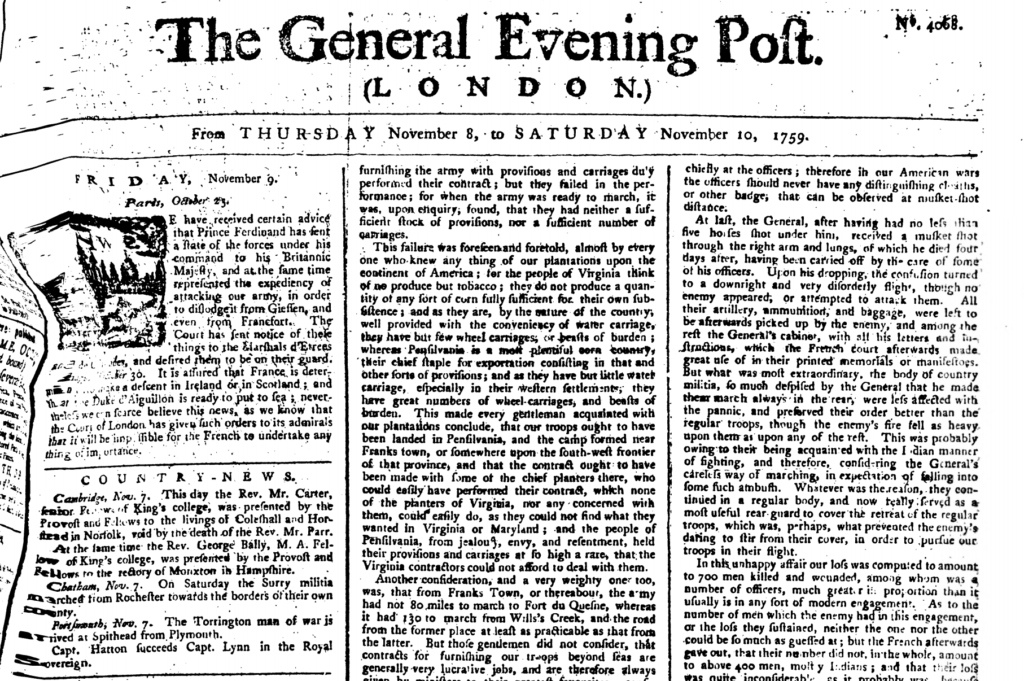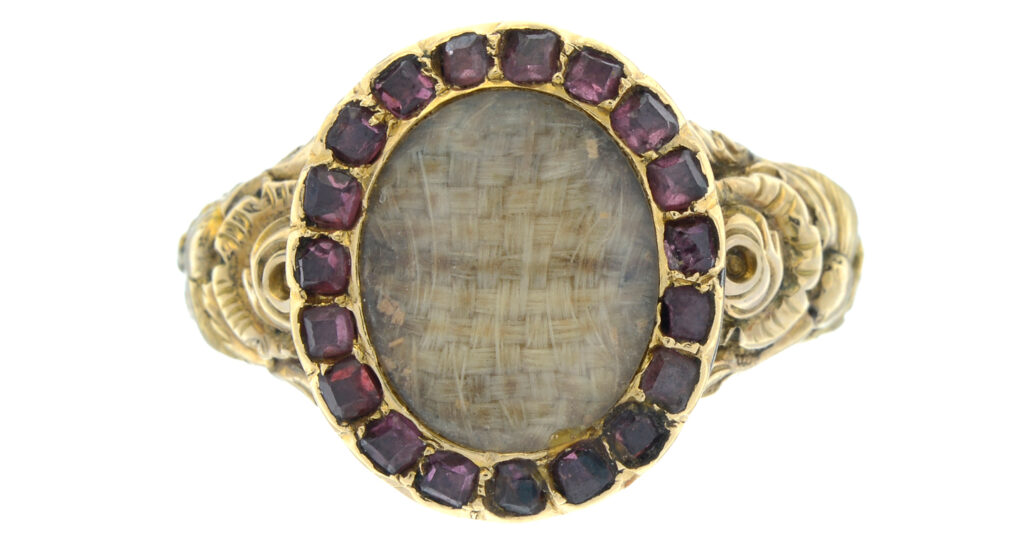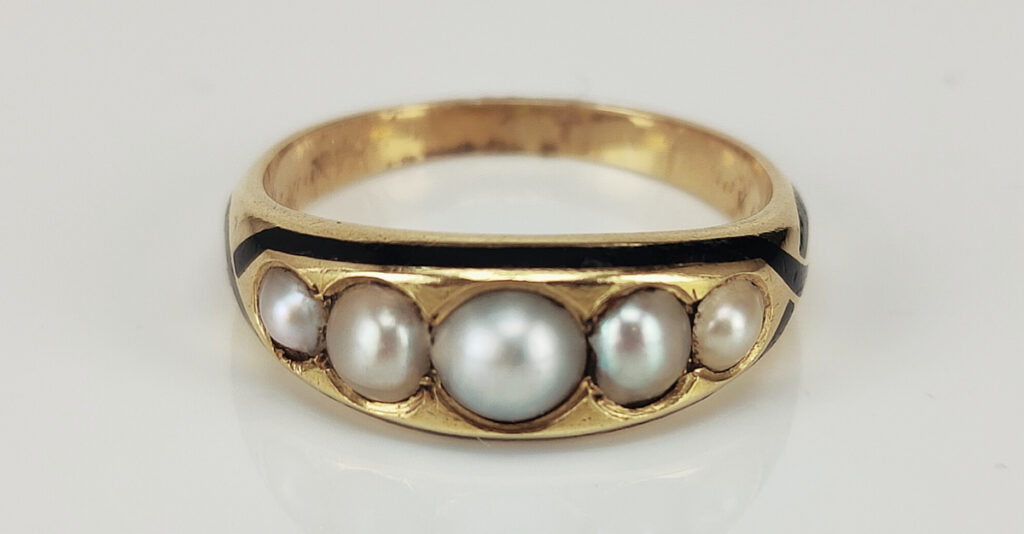Researching a Ring for Rev George Bally, 1779

Applying insights and research to an historical artefact bring it to life in a way that no basic observation could. Breathing life into a mourning jewel is a wonderful way of travelling back in time and becoming closer to the subject of who was being mourned. It shines a light into the family values, the economics, political standing and social status of a family. Who were these people, how did they present in society and how could a jewel even be afforded?
This ring, attributed to Reverend George Bally M.A, is one of those artefacts. Mourning jewels are special in that they predominately have some inscription and date of death of the loved one. Rather than having to trace these back through to their designer and maker, which can be done through hallmarks and catalogues, the person’s life is inscribed in the ring. Rich early modern records allow for a wealth of information to be discovered about these people, which is delightful for the modern audience to peer into the life of the person who has passed on.
Reverend George Bally passed away on January 18th, 1779 at the age of 59. He was the Rector of Monxton, a village and civil parish in Hampshire, England. This village is four miles south west of Andover and has a single pub, the Black Swan. Giving a specific location humanises the ring and gives some insight into the financial status of those living outside the major cities in the late 18th century. The ring allows for even further insight into contemporary rings, how they reached areas outsides of cities for what we can assume was given at the funeral. When the modern researcher notices a similar design to this, it becomes easier to spot rings from the latter 1770s.

In the reverse of the ring, there is the design element in the gold tracing under the bezel and the shoulders. On the sides of the shoulders, more of these etched design elements can be seen. This is quite a popular contemporary choice for jewels of this period, in brooches and rings, so it is something important when there is enough research to show the location and detail of the person behind the ring. It offers a little insight into the choices of the family who would have purchased the ring and what was on the market at the time .

The gold design is mirrored on the top of the ring, surrounding the ivory disc, mirroring a laurel wreath. Painted in sepia tone on the ivory is a delicate sentiment that makes the ring even more personal. ‘SACRED TO THE MEMORY OF G.B & E.B’ is a revealing look into how sepia jewels were painted in the late 18th century, as this was added bespoke to the design and not something from a pre-designed template. Neoclassical jewellery with the allegorical depictions of love and grief were often pre-designed and tailored by miniaturists. This reduced cost and amplified production. For something like this, the painting is made specifically for the mourning purpose.
There is a generous amount of hair used in the weave below the ivory disc and its sentiment. Having basic weaves make these jewels more personal, in that jewels had a finite amount of hair to use from the loved one, so those mourning jewels that had hair were often relegated for closer friends and family. This is especially the case when the person being mourned, in this case a Reverend, may have had a lot of people in the parish to mourn him. Further jewels made for funerals might be mourning bands, with enamel or basic inscription, then handed out at the funeral, but this is at the cost and discretion of the family. There’s no set number requirement for memorial jewels.

All the elements of this ring show a family of decent wealth, which can be seen in the liberal use of seed pearls surrounding the navette (long north to south shaped) bezel. Pearls the Asian trade route allowed for these to enter the market at lower cost, but they weren’t necessarily cheap. Looking into the Bally family, the number of children and insights into George Bally’s life gives any accumulated wealth and lifestyle more context.
Rev G Bally had 6 children, including a son Charles and a son James. He was rector at St. Mary’s (Church of England) in Monxton. He is not buried in the church yard, but the oldest grave seems to date from 1847.

From Illustrations of the Literary History of the Eighteenth Century by John Nichols:
“The Rev. George Bally, M.A. Fellow of King’s College, Cambridge. He gained the prize for the Seatoninn poem in the years 1755 and 1756, by the following poems, “ The Justice of the Supreme Being,” and “ The Wisdom of the supreme Being.” These poems are, however, heartily abused by the Monthly Reviewers, xii. 159, xv. 678. In 1757 he wrote again for the prize, but his poem was rejected in favour of one by Dr. Glynn. He, how ever, published his poem. The subject was “The Day of Judgment.” (Monthly Review, xvii. 395, 404.) But this rejection did not deter him from writing for the next year‘s prize, when he was again successful ; the subject, “The Providence of the Supreme Being,” criticised in Monthly Review, xix. 588. In 1759 he was presented to the rectory of Monxton, Hampshire.”
From The General Evening Post (London) No 4068 From Thursday

November 8 to Saturday November 10, 1759:
“Cambridge, November 7. This day the Rev. Mr. Carter, Fellow of King’s college, was presented by the provost and Fellows to the livings of Cole’s hall and Horstead in Norfolk, void by the death of the Rev. Mr. Parr. At the same time the Rev. George Bally, M. A. Fellow of King’s college, was presented by the Provost and Fellows to the rectory of Monxton in Hampshire.”
The General Evening Post (London) No 4068
A prolific life and an outstanding ring mark the lifetime of George Bally, his family and legacy. Research into jewels can be far more in depth than what is seen on the surface and we should never judge anything for what we immediately see. The tales of a jewel and a life are far deeper than anyone can simply comprehend.






